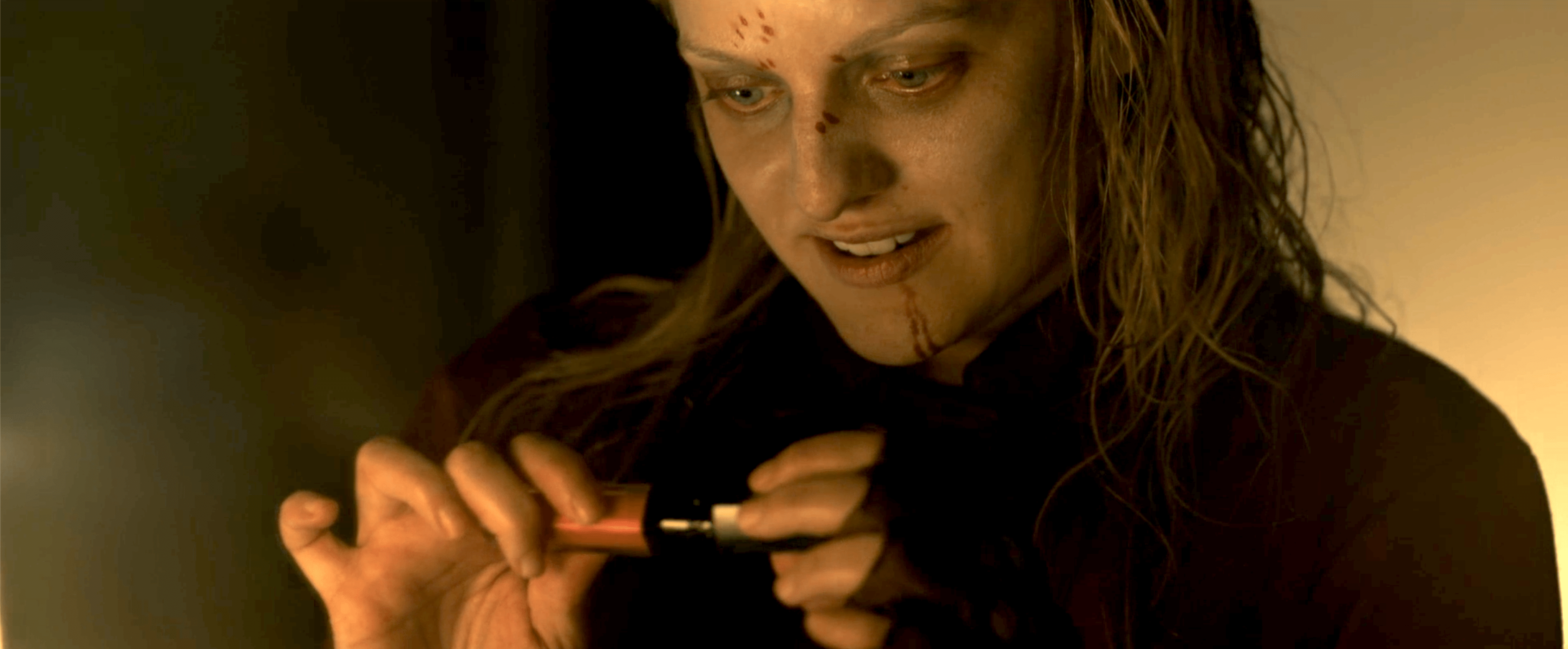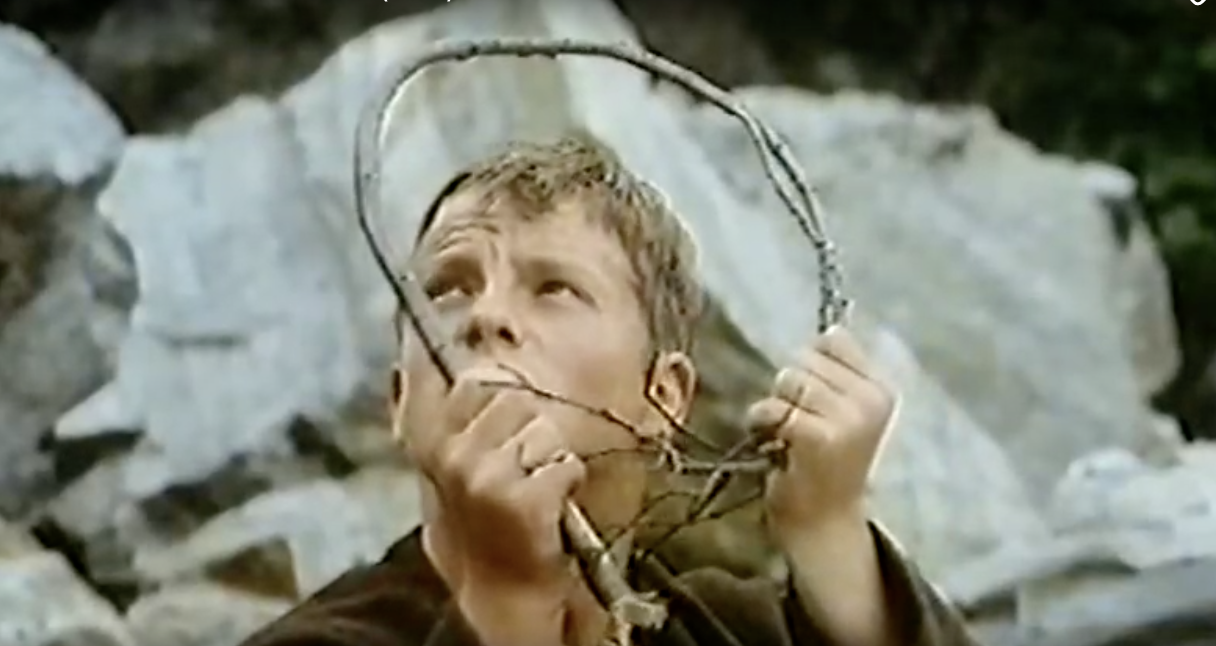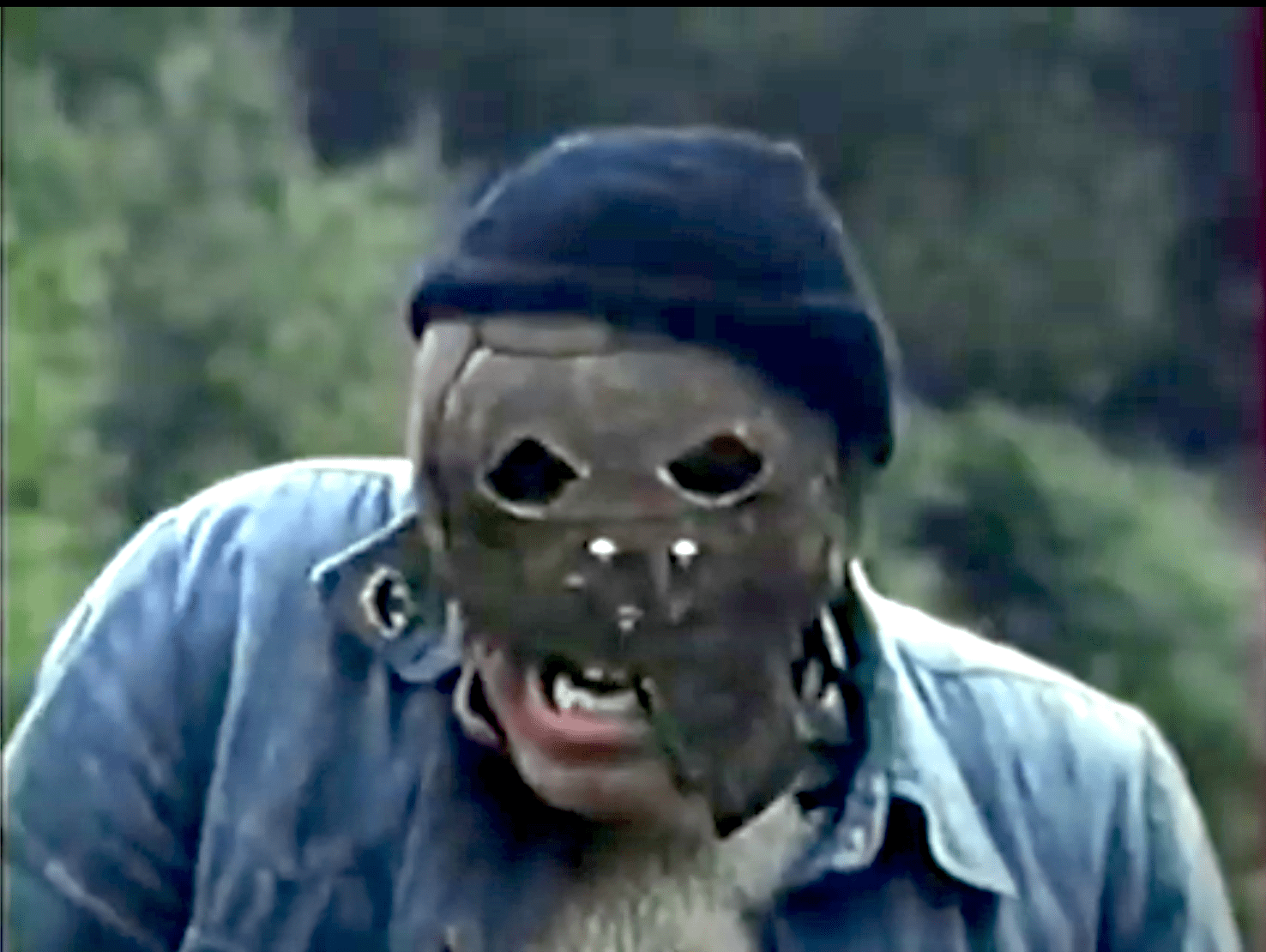
Hagazussa, directed by Lukas Feigefeld in 2017, immediately distinguishes itself through its formal choices. There is minimal dialogue. The music is mostly just stretches of tones and chords that rumble underneath the images. There are very few characters and very few locations. The camera is slow and distant, lingering in the forest like a creature hiding and observing. Even with its stripped-down set of elements, what is left is rich and thick with atmosphere.
`Hagazussa presents a portrait of alienation, both physical and social, and goes further to present us a main character who is alienated from herself. Albrun is a young woman living alone on the edge of a small village high up in the mountains. She is introverted and uncomfortable in her skin. She struggles to find direction or purpose in her life. This search for meaning makes her vulnerable. She needs something and is hesitantly reaching out for it. She is not only vulnerable to someone who might provide her direction, but she is also vulnerable to her own imagined narratives and ideas.
The beautiful and remote location of this film is as important as any of the characters or plot events. The forest is much more than just a location, or symbol, it is a presence that dominates the film. Albrun and the nature around her have a fraught relationship. She is able to commune with it, manipulate it, exist inside it, but in turn, it is able to exert the same forces back at her. Mother Nature is a nurturing force, but she is not only a giver of life. She also enfolds predators, and the violent and aggressive instincts that tear the flesh to get at the blood beneath.

The elemental nature of this film is reminiscent of Tarkovsky. There is a quiet blending of snow, wind, fire, blood, vomit, skin, and sunlight. Also like Tarkovsky, the camera floats and wanders, interested in empty spaces and waving leaves, but unlike Tarkovsky, these elements are not so much poetic as they are menacing. Nature is both luscious and terrifying, fecund and rotten.
Hagazussa explores the relationship between the feminized concept of “Mother Nature” and the concrete actuality of being a human woman. The film takes place in 15th-century Germany; a time when women were so tightly and brutally repressed, the excesses of society’s fears would naturally produce the myth of the witch. Witches are related to Mother Nature. They commune with her. The witch is a terrestrial being as opposed to a spiritual one. For the Christian believer, nature contains all that is base and sexual. The body is the seat of sin.
When Albrun milks her goat, she elicits the nurturing purity of Mother's milk, but as she squeezes the teat, she becomes sexually aroused. The warm milk sprays and dribbles on her hand, and Albrun reaches between her legs where she mingles the milk with the wetness of her vagina. She brings her fingers to her mouth and tastes the mingled duality of female sexuality and the purity of motherhood. It is an intimate scene with a heavy, unnerving sexual undertow.

In patriarchal mythology, nothing is more mysterious and frightening than a woman’s sexual arousal. When Albrun tastes these two bodily fluids, she is making a witch's brew, the evil blend of the body and the Devil.
Albrun is adrift in all these currents of emotion and power. She does not understand them or even recognize them, but they slowly guide her forward. What it guides her to is both her fruition and her ruin. Like the Biblical Eve, Albrun is given an apple. For both women, the apple opens the door to sexuality, which, in turn, is the gateway to self-discovery, and then worldly knowledge, in general.
The plot centers around Albrun giving birth, but we do not know how this solitary woman got pregnant. As in a David Lynch film, there are hints that we may be watching the sequence of events out of order, or from the middle outward. She may not even have a baby at all. She carries it around in a sling, but it is completely covered up. It doesn’t move or make any noise. She leaves her house for long periods of time, seemingly leaving the baby unattended. Whatever the baby is or represents it is a catalyst for Albrun's descent into despair and madness. As the film progresses, it becomes more difficult to distinguish between dreams, memories, hallucinations, and actual events.
Near the end, there is a scene where Albrun looks closely at a small, phallic mushroom, and then delicately places it in her mouth. The implication is that the mushroom is hallucinogenic, and as the film's last scenes play out, we become completely unmoored from reality in a terrifying series of tense and gruesome scenes. The fear evoked in this film is not made through suspense or tension. It is not fear of a monster, or even the supernatural. It is a teeth-clenching sense of horror as we bear the intensity of Albrun's delusions, and fear that she will drag us down with her into something dark, dreadful, and inescapable.
Hagazussa is hypnotic. It is like a lead blanket that presses down on you, putting you in a trance. The textures of the snow, wood, leather, skin, and blood draw you in close, and when it was over, I didn't feel ready to return to the mundane world of normality, so I watched it again. I don't often watch movies more than once or twice, but I've watched this one four times, and I'm sure I will watch it again in the future.

If you enjoyed this article click here for more
www.filmofileshideout.com/archives/the-subjective-depiction-of-the-subjective-in-robert-altmans-film-images



